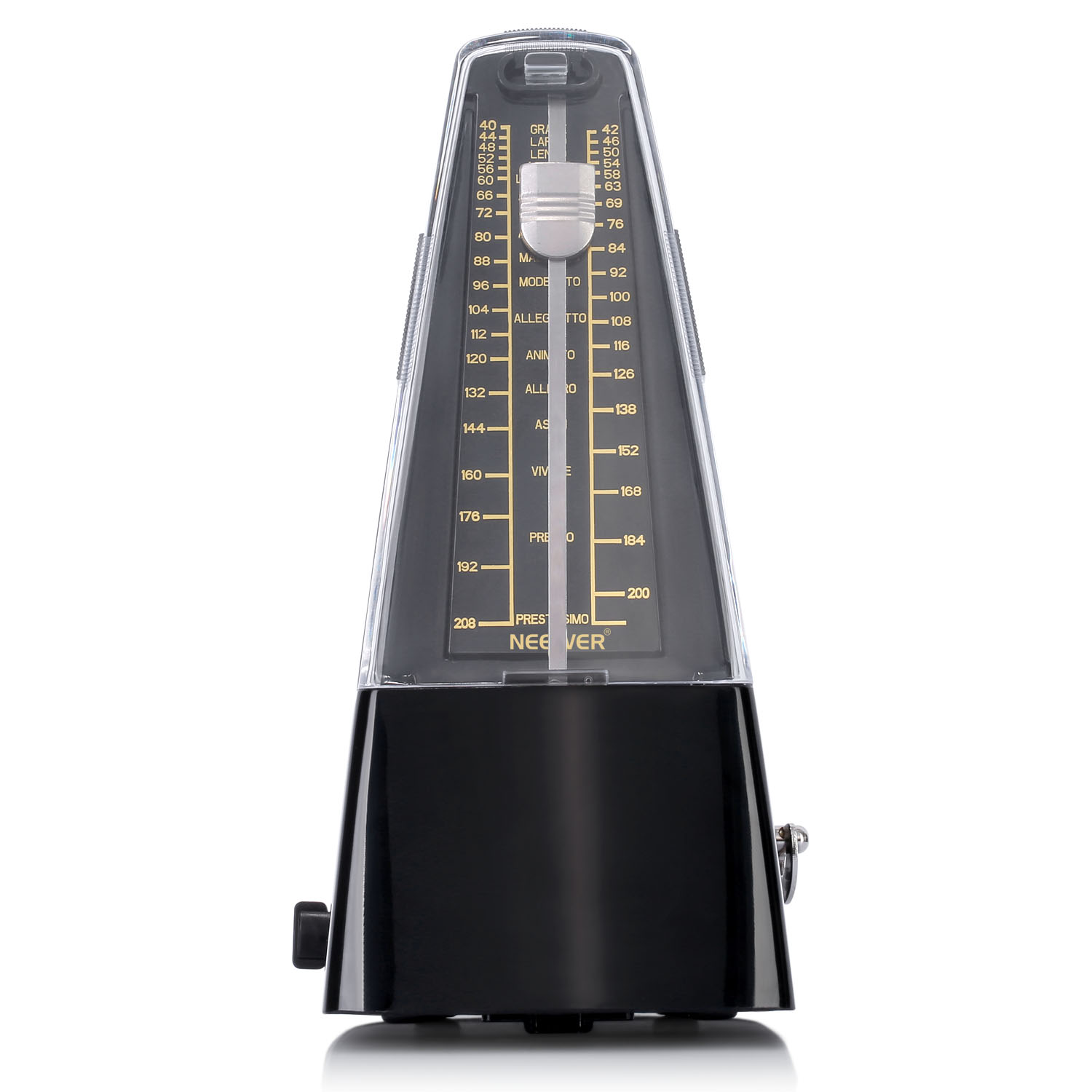

The first animation in this video shows the sprite bouncing in a conducting pattern. It's a great and fun tool.”, Dan Axelrod - more testimonials and reviews »” “There's something about the bounce that keeps the practicing vibrant. I needed to use a custom expression evaluator becuase the Javascript eval() routine is considered unsafe, and could potentlially make this website vulnerable to hackers.
Visual metronome how to#
To parse these the code uses Peter Olsen's code example How to write a simple interpreter in JavaScript to which I just added support for the golden ratio as an extra constant ϕ in evaluator.js. You can enter expressions such as ratios, powers etc into most of the text fields. If there is too much load on the computer for some reason, then it skips beats but the notes it does play continue to be reasonably in time in my testing - preferred behaviour for a metronome rather than delaying notes. Instead it uses whatever clock the browser is using in its source code. The notes are played in response to event listeners - this means that it doesn't use the Javascript scheduling, which is not a very robust way of timing notes. The browser handles skipping frames without impacting on the clock. This means that it is browser optimized more than is usually possible in javascript. The bounce animation is based on this tutorial and this code example. It creates audio elements usingĪnd it alternates between two duplicate audio elements for each ballin order to have no delay between pausing and playing the next sound. The Simple audio check box when selected uses a much simpler approach compatible with earlier browsers. If you unselect "Add reverb and pitch changes" then the code uses the Sounds.js library to play the sounds instead (playing the same samples in a different way). I haven't changed anything except to add those extra sounds. You can try the original here and get the source code for your own projects here. The drum machine is not connected with the metronome. Included as a way to add sounds to the metronome.

Visual metronome free#
The drum kit uses the free source code for the Midi drums Github project by Chris Rogers and Ken Moore to which I've added a few extra sounds such as cowbell, claves and frog block. You can use the following debug info checkbox to check up on the amount of the drift, if you are affected by this. When the option is selected the notes are scheduled in advance at precise moments in a continuous audio stream. When this option is unselected the notes are played right away in response to a callback from the bounce animations which then means the sound and animation are running on the same clock - whatever clock is used for the css. Techy details: when this is selected, it uses the sample precise timing of the new AudioContext interface, which is based on scheduling streaming audio with the notes at the correct position in the audio stream - while the css animations use whatever clock the browser uses for them, most likely the system clock. When it happens, it is only a drift of a small fraction of a bpm, but enough to go out of sync if you play for several minutes.

On my development machine then you can play for several minutes with no drift at all, or you may get noticeable drift within a few minutes. The drift is not necessarily constant but varies slightly. So, it depends on which browser you use as well as your hardware. In tests on my development computer, then Firefox doesn't seem to drift but Edge and Chrome do. If I understand this discussion right, there is no way to fix this. They may be using a physically different clock on your hardware. If so, the sounds and the bounce may drift out of sync over long periods of minutes. Though this option lets the clicks be scheduled with exceptional precision, exact to the audio sample, the bounce animations may use a different clock.


 0 kommentar(er)
0 kommentar(er)
